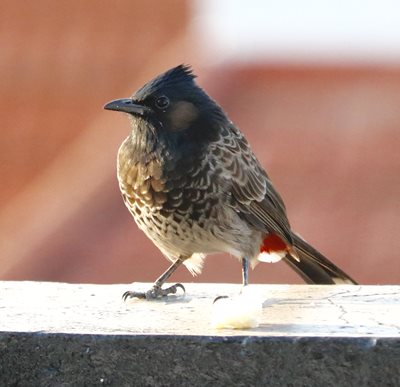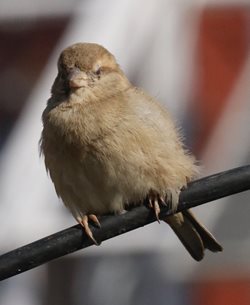The day starts early in Nepal – even in the city. Perhaps it is the country’s rural heritage, or more likely that many Nepalis begin the day with prayer, and one must be pure to make offerings. My Nepali teacher is always up well before dawn to bathe, then she performs her
puja, then there is sweeping to be done, her flowers to water and only then will she prepare breakfast or even tea.
I was talking the other day with Vipin who runs the wonderful Wisdom bookshop close to where we live in the south of the city. He is originally from India and he too starts each day in a similar way, although he also builds in a little space for meditation and maybe yoga, to reset his mind and prepare for a calm day. He holds on to this routine through these troubled times. He lights joss sticks or burns scented oils while others ring bells to alert the gods that a prayer is coming their way.
Birds seem to welcome in the day with loud celebrations (although, of course, they don’t sing out of joy but to mark territories). I find these early morning sounds transporting. At the moment one of the most prominent singers is the pert-tailed magpie robin which puts out an impressive volume for sure a small fellow. Then there are harsh caws of house crows, squawks from fast-flying parakeets and mynahs, cheeps from bouncy little tree sparrows and house sparrows, the soothing cooing of spotted doves, a distant dog barking, neighbours’ conversations, and chatty chirpings of cheeky red-vented bulbuls (see pic below). There are other more distant voices that I find harder to name: a tree pie perhaps, a barbet maybe, and cuckoos of various sorts. Even in this over-crowed urban environment there are a lot of beautiful sounds.
Not all our birds are noisy in the morning. Egrets flap by in stately progress in tight formation on their way to find water to fish in and pigeons patrol the skies especially on the lookout for offerings of rice people put out as part of their morning rituals.
Nepalis don’t look down on pigeons as we do but see them as God’s creatures. My Nepali teacher explained why she feeds the birds each morning. ‘We must do this,’ she said. ‘It is our duty to care for weaker beings. In time when I am in heaven I may not be able to feed myself and then the birds will care for me.’ I love this investment in compassion.
Sitting up on our terrace I have a superb view – of the rising sun at my back, and the impressive forested ridge of Chandragiri and Hatibhan to the south east. Sometimes to the north the eternal snows of Ganesh and Lantang
himals are visible.
Depending on the air quality, it is sometimes possible to pick out individual trees on the nearest mountain ridges of the Valley rim, sometimes the air is so thick – the colour of mud – the hills disappear altogether. This morning the PM 2.5 count is bad, ‘very unhealthy’, at 198 so the Chandragiri ridge is only just visible as a suggestion in the murk but it does make for spectacular orange sunrises and sunsets.
Happy Easter!


